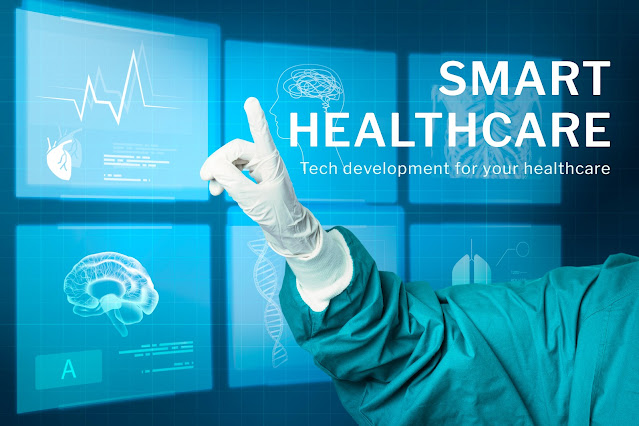LIMS: The Good, the Bad, and the Ugly - A Comprehensive Analysis
Laboratory Information Management Systems (LIMS) have revolutionized how healthcare institutions manage their data and operations. In an era of digital healthcare, LIMS software plays a pivotal role in enhancing efficiency, accuracy, and patient care. However, like any technology, LIMS has its strengths and weaknesses, which must be carefully considered by healthcare professionals and administrators. In this article, we will delve into the world of LIMS, exploring the good, the bad, and the ugly aspects of this essential software in healthcare.
The Good: Advantages of LIMS in Healthcare
Improved Data Management:
LIMS software provides healthcare organizations with a robust platform for managing vast amounts of data generated in laboratories and clinical settings. This includes patient records, test results, billing information, and more. LIMS ensures data accuracy, reduces manual errors, and enhances data security through encryption and access control, leading to better patient care and compliance with regulatory requirements.Enhanced Efficiency:
LIMS streamlines laboratory and administrative processes, reducing the time required for tasks such as sample tracking, result reporting, and inventory management. This efficiency translates into quicker turnaround times, which can be critical in healthcare, especially for urgent diagnoses and treatment decisions.Integration with EHR and Practice Management Software:
One of the significant advantages of modern LIMS is its ability to seamlessly integrate with Electronic Health Records (EHR) and practice management software. This integration allows for the exchange of critical patient data, reducing work duplication, improving care coordination, and ensuring a holistic view of the patient's medical history.Quality Control and Compliance:
LIMS helps healthcare facilities maintain stringent quality control standards and ensures compliance with regulatory agencies such as the FDA. This is particularly crucial for laboratories conducting clinical trials and research, as well as for institutions seeking accreditation.The Bad: Challenges in Implementing LIMS
Initial Costs:
One of the downsides of LIMS implementation is the substantial upfront investment required for software licenses, hardware, and staff training. Smaller healthcare facilities may find it challenging to allocate the necessary budget for LIMS adoption.Learning Curve:
Transitioning to a new LIMS system can be a complex and time-consuming process. Healthcare professionals and staff must adapt to new workflows, which can temporarily disrupt operations and affect productivity. Extensive training and support are essential to mitigate this challenge.Customization and Integration Issues:
While integration with EHR and practice management software is a benefit, it can also be a potential source of problems. Ensuring seamless communication between different systems may require customized solutions, and any hiccups in this integration can lead to data discrepancies and inefficiencies.The Ugly: Potential Pitfalls and Risks
Data Security Concerns:
As healthcare organizations increasingly rely on digital systems, the risk of data breaches and cyberattacks becomes a significant concern. LIMS, housing sensitive patient data, must have robust security measures in place to protect against unauthorized access and data theft.Vendor Lock-In:
Choosing the wrong LIMS vendor can result in vendor lock-in, making it difficult and costly to switch to a different system in the future. Healthcare organizations should carefully evaluate potential vendors and ensure they have a clear exit strategy.Lack of Standardization:
The need for standardized data formats and communication protocols in the healthcare industry can hinder interoperability between different LIMS systems. This can pose challenges when sharing data with external partners or collaborating on research projects.Conclusion
Laboratory Information Management Systems are a boon to the healthcare industry, offering numerous benefits, such as improved data management, enhanced efficiency, and better compliance. However, the path to successful LIMS implementation is not without its challenges, including initial costs, a learning curve, and integration issues. Moreover, healthcare institutions must remain vigilant about data security and vendor lock-in risks.
In the evolving landscape of digital healthcare, LIMS software plays a crucial role in improving patient care and streamlining operations. However, healthcare professionals and administrators must carefully weigh the pros and cons before embracing this technology, ensuring that the benefits outweigh the potential pitfalls and risks. With the right approach and careful planning, LIMS can be a powerful tool in delivering high-quality healthcare services.



Comments
Post a Comment